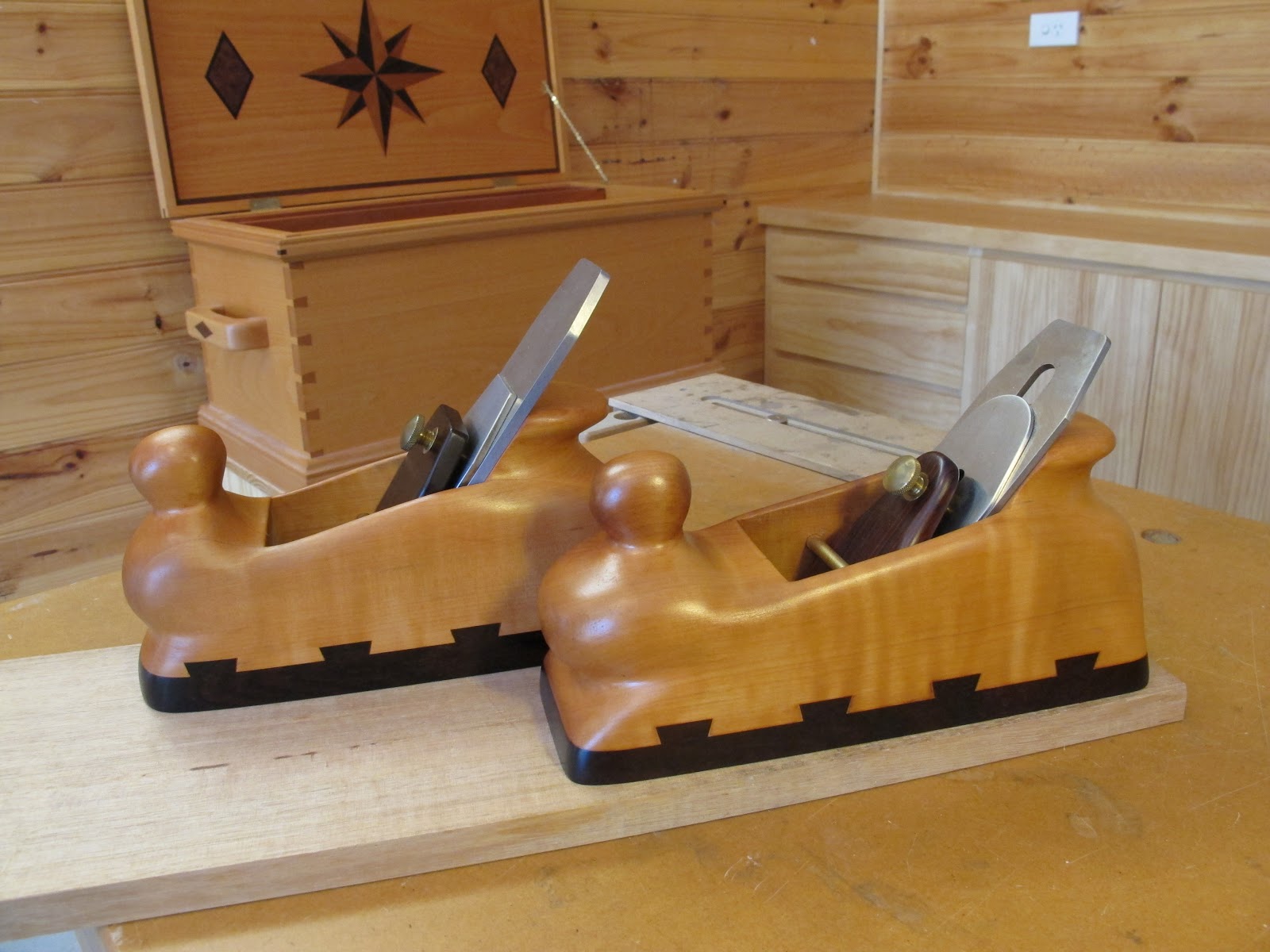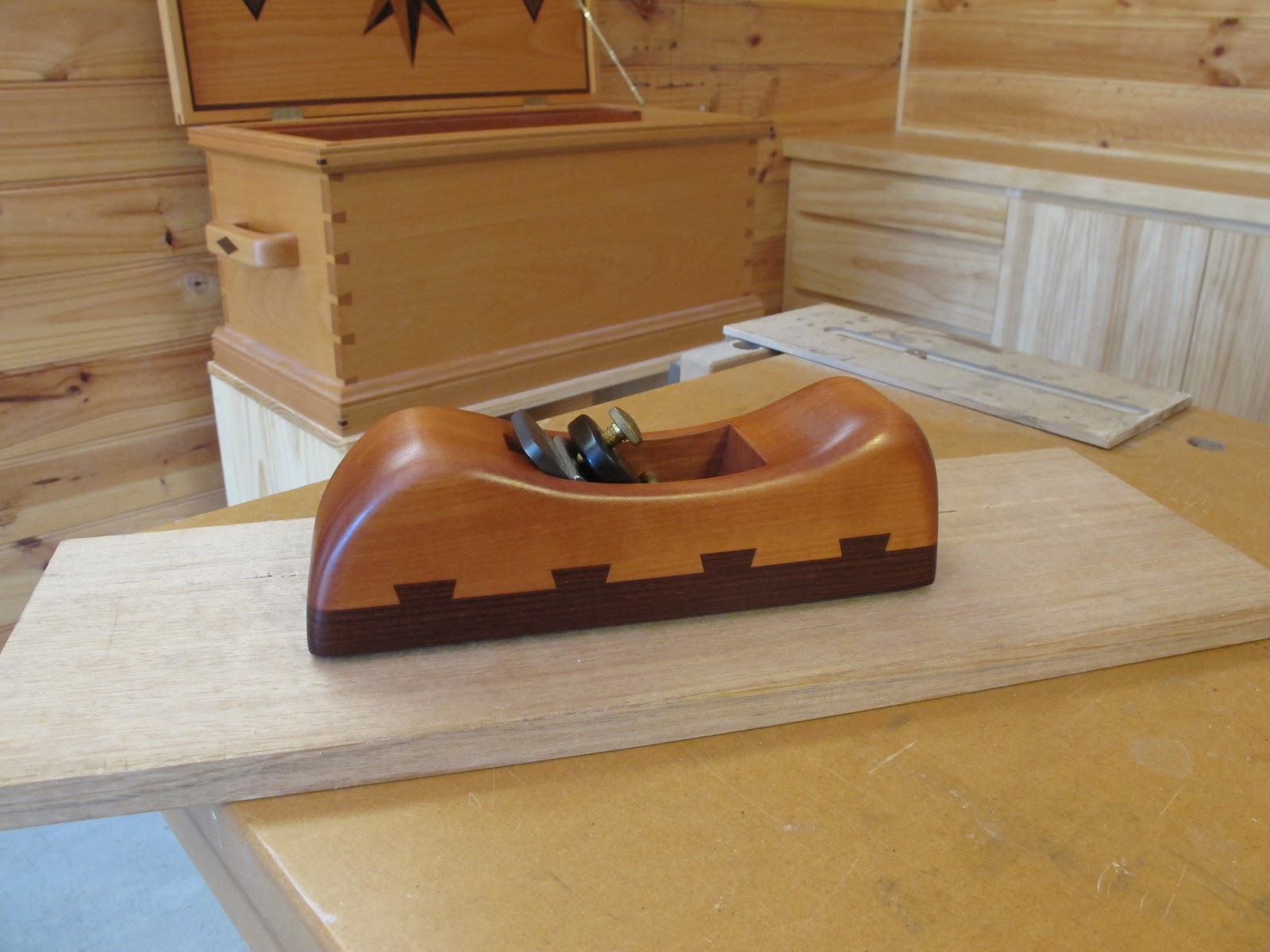 |
When I moved to Australia, my wife and I rented a small house with a tiny, one car garage. Securing work in industry as a Cabinetmaker was not difficult, but as always I craved to do some more fine detailed work at home. While shopping one day I purchased a copy of British Woodworking Magazine, which had an article about plane maker Bill Carter. I was blown away by the quality of the infill planes he made in his tiny shed using only hand tools. After reading the article I thought that this could be the perfect challenge I was looking for. Working steel and brass was foreign to me but I also was aware that many infill plane makers, including Bill Carter, came from woodworking backgrounds. I had all of my hand tools from Canada so I only needed to purchase a drill press for accurate hole drilling.
The Prototype
I had an idea of making a set of small infill planes based on the low-slung planes that were popularized by James Krenov. I set to the task of drawing, then constructing, the prototype. Here is a picture of the rough materials and the finished plane.
 |
| Materials for Infill Plane |
 |
| Low-slung smoother, 61/2" long, 11/2" iron, 50o pitch |
The infill wood is Pau Rosa, purchased from a local turning shop. I was extremely happy with the comfort and the aesthetic and the best way to describe it's performance was "Rock Solid". The mass for such a small plane was impressive and, unlike my wooden planes, I could achieve a virtually non-existent mouth opening without constant clogging. After the prototype I made a few changes and started drawing and constructing a full set of planes, which are shown in the next photo. The Lie-Neilson block plane shows the scale of the set. The infill wood is Australian Gidgee.
 |
| Set of four, low-slung smoothing planes and a Lie-Nielson block plane |





